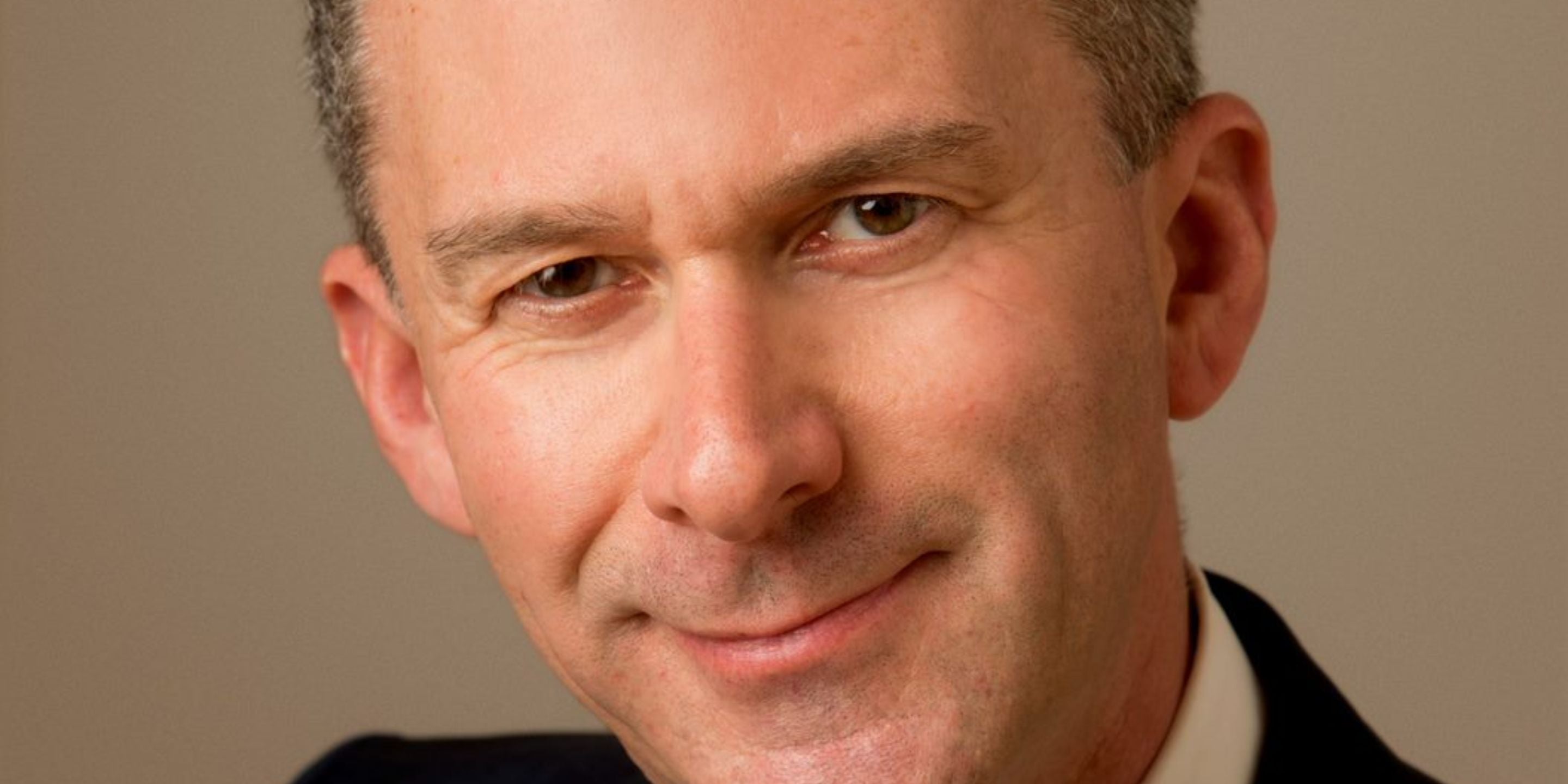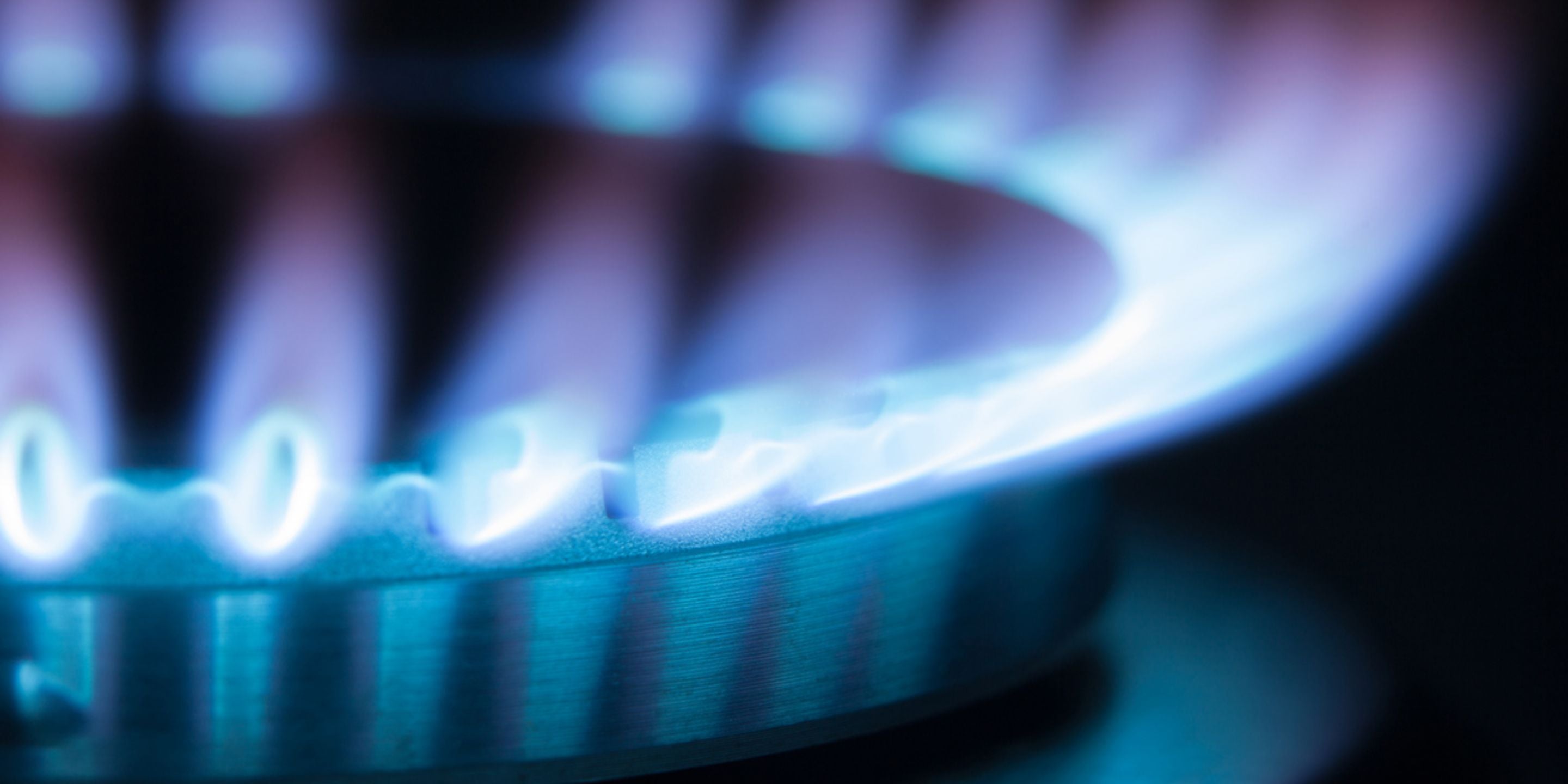European gas and power prices remain unusually high, after hitting record-breaking levels due to a global energy crunch in 2021. Against this backdrop, ongoing geopolitical tensions between Russia and Ukraine mean traders continue to face renewed supply risks, while the decarbonization agenda represents a top-of-mind concern for policy makers and investors. Meanwhile, advocates of market-based rules such as the European Federation of Energy Traders (EFET) continue to warn against increased government and regulatory intervention that could distort price signals and discourage investments in new, low-carbon technologies. EFET represents the trading divisions of more than 100 companies across the energy value chain. Doug Wood, EFET board member and chairman of the EFET Gas Committee, talks to HC Insider about the lessons learnt from last year and how to find a balance between protecting consumers, encouraging investment, and managing supply and geopolitical risks.

How do you explain the unprecedented trend of high prices, volatility & supply issues on the European market in 2021 and 2022?
We can't divorce the European market from the global market, particularly when we talk about gas. We saw a very unusual combination of circumstances where we emerged from a period of very low demand during the pandemic. There were also difficulties on the production side, as maintenance work at some production facilities took longer than usual.
And we saw much lower rig counts for the production of unconventional gas in North America. Suddenly, we went from that situation to a period of massive demand increases, particularly from China, but also from other industrial nations as they recovered from the pandemic with an expectation that gas would be available, that plants could be switched on just as soon as demand recovered.
There was another unusual effect which was not so much anticipated. There was a very low performance of renewable power generation, so periods of low wind or solar, and in some parts of the world, low rainfall, which meant that hydro was not available.
In response to that, in order to meet electricity demand, there was more dispatch of gas-fired power plants. So, gas that may otherwise have gone into storage and preparation for winter was consumed through the increase in gas-fired power generation.
One other point, as we have progressed with decarbonization. Coal-plants have been decommissioned and there has been less investment in coal in the last eight or ten years. So this would also have been available in past winters, which would have provided a cap in prices.
What were the lessons on how markets have been operating?
One of the lessons is that markets worked generally well. They indicated that whenever there was a shortage, we saw prices rise. But the lesson has also been that if we can't take our eyes off the ball of security of supply, the question is how we should address this whilst not compromising the way we deliver gas to markets.
This can range from whether we have in place some kind of capacity mechanisms to make sure that people are rewarded for having gas available; or whether there are ways of encouraging increased amounts of gas to be held in store by the market; or also making sure that consumers who have the ability to reschedule consumption are able to earn returns.
For this, they will be able to engage in demand-side management, particularly at peak times or when supplies are scarce, in order to protect vulnerable customers.
What mechanisms are in place to ensure security of supply on the wholesale markets?
On the wholesale market side, the question is whether we have enough flexibility or whether the price signals are working. To an extent that's in place, we have a gas security of supply regulation which is partly implemented and calls for measures such as solidarity between different parts of the European Union. However, that works less effectively when there is a global shortage. So, we still may need further rules in place to encourage additional gas to be made available.
You said that the market is functioning. But can this be at the expense of affordability?
We recognize very much that this is causing hardship for some consumers. This is why we're saying social measures are necessary to protect the most vulnerable. High prices are an indication of where more investment in particular technologies or supplies may be required, but also to encourage fuel economy and rescheduling consumption where that is possible.
Let's also not forget this. This has followed a period of very low demand during industrial shutdowns in the pandemic. So, there's an element of bounce back here. But if you start to interfere in the price signals in the wholesale market, then you create uncertainty around investment.
Can you give an example of this type of interference?
We have seen in Europe some examples of potential clawback mechanisms or caps to wholesale prices. Clawback mechanisms have been in discussion in Spain most recently.
We've also been concerned about the possibility of capping retail prices and what effect that might have on the market.
How can the balance be met between market-based mechanisms and adequate social and regulatory measures both in the short and long term?
That's exactly the issue we're wrestling with now. This is set against the background of decarbonization. There isn't much coal around now. This led to increased focus on gas as a transition fuel.
We have lots of intermittent renewables in the system. But what do we do when the wind doesn't blow and the sun doesn't shine? If that is the case for an extended period, as we've seen over the last year, how do you plug that shortfall until we have alternative forms of energy storage?
The European Commission brought out its draft package, on Hydrogen & Gas Markets Decarbonization Package, which is looking to set a framework for how you would address some of these issues, but also to understand how hydrogen markets might be founded and help decarbonize the gas market.
We often hear that traders like volatility. But what does it take to ignite a step change in investment in technologies like hydrogen in the long term?
There is a tremendous amount of investment in hydrogen, in CCUS projects and in electrolysers. And some large industrial consumers are looking at decarbonized technologies for steel production, for example. There's been a lot of work by transmission system operators looking into how to create a hydrogen pipeline network and to transition across using existing gas pipelines. There's a number of projects in the North Sea and UK Continental Shelf, Norwegian waters, and elsewhere.
As I said, not all technologies have been demonstrated yet at scale. But let's not forget the number of years that renewable electricity production was in receipt of subsidies to help it reach a level of efficiency whereby it can begin to compete with conventional forms of electricity. So it's a bit much to expect some of these technologies to be immediately competitive with existing grounds. We saw carbon prices rise to a stage where it has encouraged, for example, coal-to-gas switching.
But at the same time, if carbon prices rise substantially higher, you know what that might do to energy prices and how difficult that is for individuals to be able to pay their energy bills.
So we're beginning to understand what a high energy price environment would look like.
Do you think the European Union has failed on its renewable energy policy?
There has been a remarkable success in terms of the growth of renewables. We're entering a new phase. There's been a significant expansion of wind power for example. But it always comes back to the role of fossil fuels to stabilize the network and provide that seasonality as we get higher penetration of renewables. How do we continue to ensure the stability of the energy systems?
You need price signals to be able to reward people for investing in the right technologies. Whether that's storage of energy in the form of hydrogen; or whether you store it in the form of natural gas and you decarbonize that natural gas at the point of usage; or whether it's other forms of electricity storage and demand-side management. The one thing that unites these things is if you have common price signals that reward the most efficient mix of these technologies in order to be able to ensure that supply and demand remain balanced.
How does this mitigate the geopolitical risks such as those the European energy market is exposed to in the context of tensions between Russia and Ukraine?
We approached supply and demand balance issues successfully up until the pandemic. There were increased interconnections within the EU so that those member states who were completely relying on a single source were able to buy gas from different sources and directions. In particular, the growth of the LNG market has helped to provide an alternative to pipeline supplies.
The growth of the LNG market has had a substantial impact, both in terms of reducing the costs of shipping LNG over the world, increasing the size of tankers available and the sheer amount that can be transported.
It's really only during the period of the pandemic, when unconventional gas production took time to restart, that we saw increased tightness in the market due to the lack of additional Russian gas coming into the market, when demand grew quickly. Normally, we would have expected Russian gas to have responded to the price signals.
And so you know the best way of dealing with this is to ensure we have more options available in terms of different sources of gas, different routes for gas to enter, and indeed other fuel types. The plurality of sources in turn addresses part of your geopolitical risk that makes us less dependent on a particular single source.
That's likely to alleviate the pressure to some extent. But we live in a world of geopolitical risk. We've lived through energy price spikes before, in the 1970s’ oil spikes. This is part of the market we're in.
To what extent have trading companies been sophisticating their trading strategy since 2021?
We saw particularly in the retail sector in the UK, that a lot of people sold forward without covering their position and expose themselves to the prompt market in which wholesale prices went through the roof, causing a lot of fear.
The companies who could weather the storm were the ones who had a more mixed portfolio who had bought further forward and hedged their positions. That's a very key learning. People are beginning to see the importance of not over-exposing yourself in one product market or one timeframe.
You said traders like volatility earlier. But they like volatility that they can predict and manage. One of the areas of risk that's becoming increasingly important and difficult to manage is geopolitical risk and regulatory risk whereby governments intervene too much into markets. If we start to see a preference for different types of technologies or interfering in the way that contracts can be struck (such as price capping markets), there will be a question about how trading companies foresee and manage these risks going forward. - FS
For any query on HC Group’s activity and insights on the gas and power market in Europe, please contact our consultants within HC Group’s Energy Practice:
Dan Cordell, Portfolio Director
Josh Clayton, Senior Associate
James Moody, Associate

